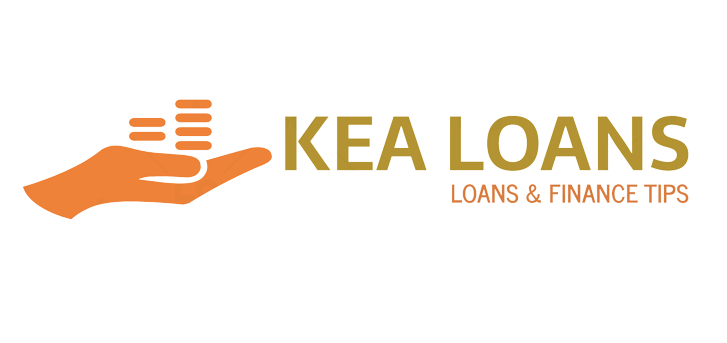
With the global economic uncertainty, acquiring a loan can be a daunting task, especially for those with a bad credit score. However, tribal loans have emerged as an accessible and feasible solution for such individuals. These loans, provided by Native American tribal lenders, have distinct characteristics and advantages, making them an appealing choice for individuals with poor credit. This comprehensive guide will delve into the intricacies of tribal loans, helping you understand their workings, benefits, and potential drawbacks.
Understanding Tribal Loans
Tribal loans are a unique type of loan provided by lenders associated with Native American tribes, operating from tribal lands. These lenders are governed by tribal law, which distinguishes them from regular state-regulated lenders.
The tribal lending model is primarily designed to cater to individuals with poor credit scores. Unlike traditional lenders that heavily rely on credit history, tribal lenders often focus on the borrower’s ability to repay the loan. This makes these loans an attractive option for those with a less-than-stellar credit history.
Key Characteristics of Tribal Loans
Tribal loans have several distinctive traits, such as:
- Effortless Application Process: Applying for tribal loans usually involves an online process, saving borrowers time and reducing paperwork.
- Flexible Repayment Options: Tribal loans often provide more flexible repayment options, allowing borrowers to tailor their repayment schedule according to their financial capabilities.
- Higher Approval Rates: Due to their relaxed credit requirements and the tribal entities’ sovereign status, tribal loans often have higher approval rates than conventional loans.
- Quick Disbursement of Funds: Once approved, the loan amount is typically transferred to the borrower’s account swiftly, often within 24 hours.
Despite these attractive features, it’s crucial to bear in mind that tribal loans typically come with higher interest rates and fees compared to traditional loans, making them potentially costly in the long run.
The Appeal of Tribal Loans for Bad Credit
Tribal loans have emerged as a feasible solution for individuals struggling with bad credit. Unlike traditional lenders, tribal lenders often overlook credit scores, focusing more on the borrower’s ability to repay the loan. This leniency towards credit history makes tribal loans an appealing choice for individuals with poor or non-existent credit scores.
Access to Quick Cash
Tribal loans provide fast access to funds, often on the same day of application approval. This instant access to cash can be crucial when facing an unexpected financial emergency, such as a medical bill or urgent car repair.
No Credit Checks
Many tribal lenders do not perform hard credit checks, making it easier for individuals with poor credit to secure a loan. Some lenders might perform soft credit checks to glean some information about the borrower’s financial status, but these don’t impact the credit score and won’t hinder the loan approval process.
Larger Loan Amounts
Unlike payday loans that tend to offer small loan amounts, tribal lenders often provide larger loans, potentially up to $5000 or more. This can be beneficial for individuals needing a significant amount of money for emergencies or substantial expenses.
Flexible Repayment Terms
Tribal loans typically provide flexible repayment terms, ranging from a few months to several years. This flexibility can make loan repayment more manageable for the borrower, reducing the financial strain.
Tribal Loans: The Application Process
Applying for a tribal loan typically involves an online process. The specific steps may vary between lenders but generally include the following:
- Fulfilling Eligibility Criteria: The borrower must meet certain age, income, and employment requirements. Furthermore, they should be a US citizen or a permanent resident.
- Completing an Online Application: The borrower fills out an online form, providing personal, financial, and employment information.
- Documentation Verification: The lender may request documentation to verify the provided information, such as identification, pay stubs, or bank statements.
Comparing Tribal Loans with Traditional Loans
When comparing tribal loans with traditional loans, several key differences emerge:
- Regulatory Differences: Tribal loans operate under tribal regulations, while traditional loans are governed by state laws. This difference can impact interest rates, fees, and borrower protections.
- Interest Rates and Terms: Tribal loans often have higher interest rates and more flexible repayment terms than traditional loans.
- Credit Score Importance: While traditional lenders heavily rely on credit scores, tribal lenders often overlook this factor, making loans more accessible to individuals with poor credit.
The Safety of Tribal Loans
Tribal loans are generally considered safe, primarily due to the following reasons:
- Backed by Tribal Land: Tribal loans are often backed by the borrower’s land. If the borrower defaults on the loan, their property can potentially be foreclosed on to repay the outstanding balance.
- High Repayment Rate: Tribal loans have an excellent repayment rate, with over 90% of all tribal borrowers repaying their loans within the agreed timeframe.
- Rare Defaults: Tribal lenders often work with borrowers who struggle with repayments, preventing unnecessary stress and conflict.
Conclusion
Tribal loans present a unique option for individuals seeking financial assistance, particularly those with limited credit history or unconventional financial situations. However, borrowers must carefully consider the terms, costs, and potential impacts on their credit before making a decision. As with any financial commitment, thorough research and a clear understanding of the terms are essential to making an informed choice.

